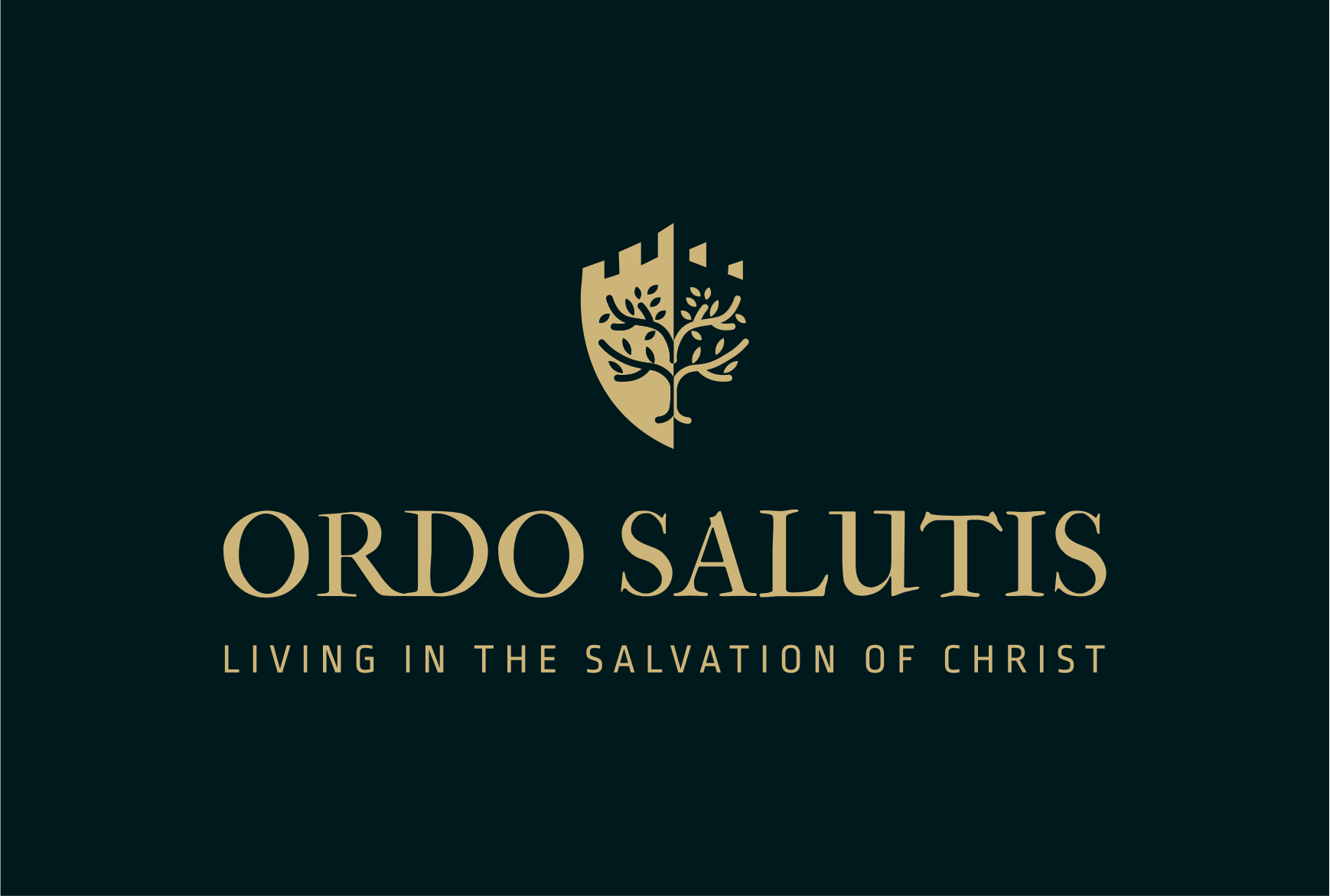
[What follows is an excerpt from my book, Take Root, Bear Fruit, Reading the Bible for an Organic Understanding of Theology. Look for its release soon.]
In our Bible reading and study, we sometimes lose sight that at its literary heart, it is a human book. The Bible, as the inspired Word of God, is a unique book, but at the same time it is literarily a normal book. The historical literature is written like all historical writing of its time. When Paul wrote his epistles to various churches or individuals, he wrote in the common means of letter writing of the day.
But, because we revere the Word of God, we have sometimes fallen victim to the forms that our Bible takes. No other book in our collection is bound like our Bibles, in calf-skin leather with gold edging and multiple ribbon markers. The pages are very thin, to the point that we can even see the printing on the pages behind, even though we’ve learned to tune that out. Some of our Bibles are printed in two columns per page; what other book does that? Some editions have notes; others have “cross references” in a center column. Some Bibles start each new verse at the beginning of a new line; others arrange the verses into a paragraph style.
All of these features, while good in and of themselves, have had the tendency to color our perception of Scripture. And we begin to read the text differently than it was intended to be read.
Perhaps the most significant feature of our modern Bibles is the inclusion of chapters and verses, which were not part of the original manuscripts and have only commonly been in use for about 500 years. This feature, while handy for looking things up and memorization, has not been without its unintended negative consequences. The very fact that Scripture is divided into bite-sized verses tends us toward only looking at the text as a series of sayings. As we said in the Introduction, “pearls on a string.” At best, we lose sight of the whole of the text. At worst, we can abuse the meaning of the verses by quoting them out of their context. This is why, as I said, this book is being written with a focus on passages.
One of the “normal” literary forms the Bible takes is of making a cohesive and logical argument. Instead of the analogy of pearls on a string, think of an unbreakable chain of iron, as the passage builds the argument. John 1:1-18 is one such passage where we can examine this form of logical argument. This is especially important because John 1:1 – “In the beginning was the Word, and the Word was with God, and the Word was God” – is a common proof text for the deity and Godhood of Jesus Christ. However, false teachers, notably the Jehovah’s Witnesses, translate the last clause of this verse, “The Word was a god.” What are we to do if our doctrine of the deity of Christ depends only on this single verse? Well, we could argue for the correct translation and many have done so. But we could also delve into the full passage and discern the logical argument in which John is engaging. It is scarcely possible to proclaim Jesus a merely “a” god, when the passage goes on to assert that he is eternal, that he holds the power of being (“life”) in himself, and that all things were made through him.
John reasons in logical fashion to make his case. To put the argument into a simple syllogism-
The Logos (the Word) is God.
Jesus Christ is the Word made flesh.
Therefore, Jesus Christ is God.
The logical argument trumps any mistranslation of any single verse.

